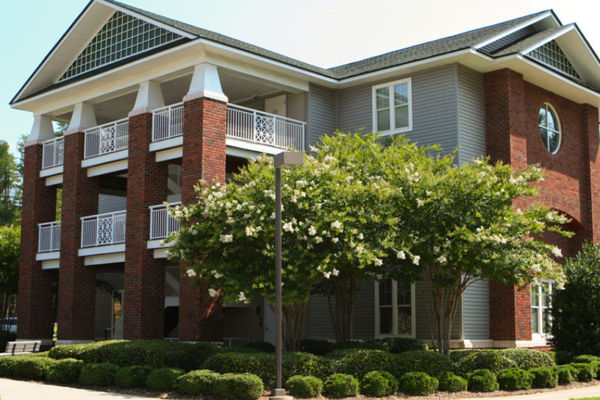Furman has seemingly decided it irresponsible to move the entire student population back to campus in one try. I’m glad the administration isn’t disregarding safety; however, although the staggered move-in plan may be feasible, I do not think it is the best course of action. Until recently, the university’s reopening plan appeared to be similar to those of other colleges and appeared comprehensive yet simplistic. Yet after months of limited updates, the university abruptly shifted gears. On July 22, Furman announced their new plan to stagger move-ins and bring Sophomores and Juniors back a month later than their Freshman and Senior classmates.
This updated scenario is a haphazard plan, and Furman’s lack of communication and concrete planning makes me uneasy about returning to campus. The timing of Furman’s delayed announcement left many students with questions and concerns about returning. In these uncertain times, we often look for certainty. In the emails following President Davis’ unanticipated announcement, the school failed to provide any concrete reasoning behind this dramatic change or bolster student trust in the institution. I mostly credit the recent change to a staggered move-in to COVID-19, but other universities, much larger ones with more diverse student bodies to consider, have managed to maintain their plans to move-in the whole student body at once.
There are always exceptions to the rules. A select group of second- and third-year students are approved to return to campus, meaning a number of these students will be on campus before September. If Furman were truly focused on safety, the plan would have minimal to no exceptions. Athletes have already proved how dangerous bending the rules can become; in August, reported cases of COVID-19 plagued the returning football team. By staggering move-ins, Furman is risking two more waves of cases: one when students arrive in August, and another when the remainder arrives in September.
Other universities, including University of South Carolina, Villanova and Boston University, have stuck with their reopening move-in plan. Furman should look to them for notes the next time they suddenly decide to change plans. There are three primary ways where the Furman administration could have strengthened their return plans for students.
1. Test everyone one when they arrive. This is not a foolproof method but it is more accurate than self monitoring on the LiveSafe app.
2. No leaving campus for two weeks. That way, any cases are contained. After two weeks the administration should encourage students to stay on campus and set up activities that incentivize them to do so. Furman demonstrated their capital through the installation of a million dollars’ worth of recording equipment. That money should now be directed towards improving safety measures on campus or providing safe activities for the students.
3. Provide a remote semester from the beginning. Furman did not provide this option until July. If the school had been more proactive, students perhaps wouldn’t have felt so blindsided by Furman’s June 22 announcement—they could have anticipated a more accurate return scenario for the fall semester.
The administration has left students thinking that our reopening plans have not been fully thought out, as evidenced by the sudden change to a staggered move-in. My parents often tell me to “communicate early and often.” The new move-in schedule is a clear example of Furman’s failure to do exactly that. The phased move-in is more likely to have adverse effects than to limit exposure, and unlike President Davis, I am not confident that Furman can offer the Furman Advantage as promised.
